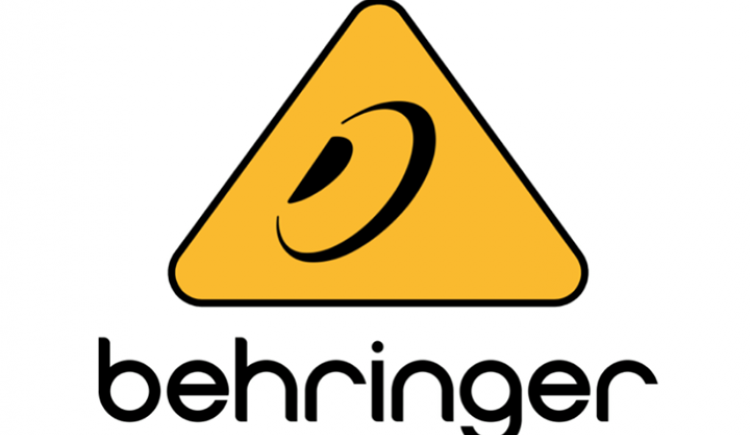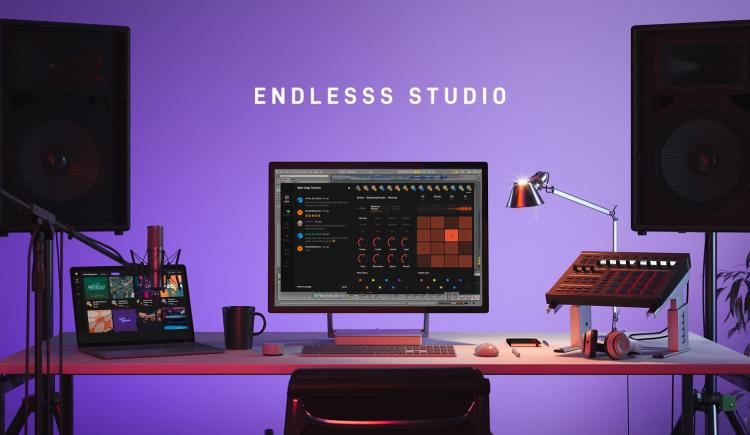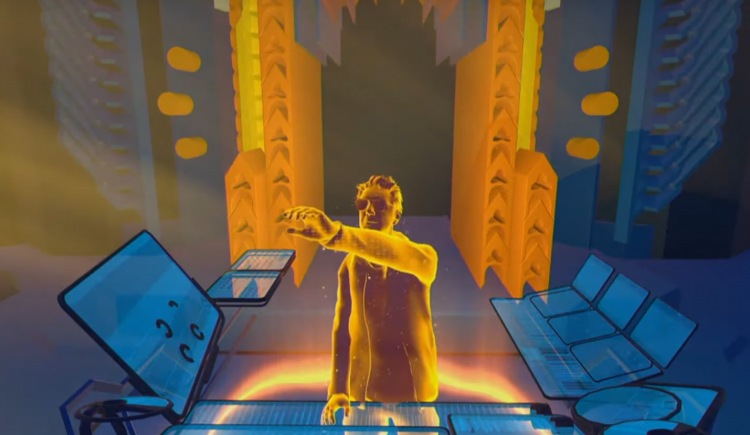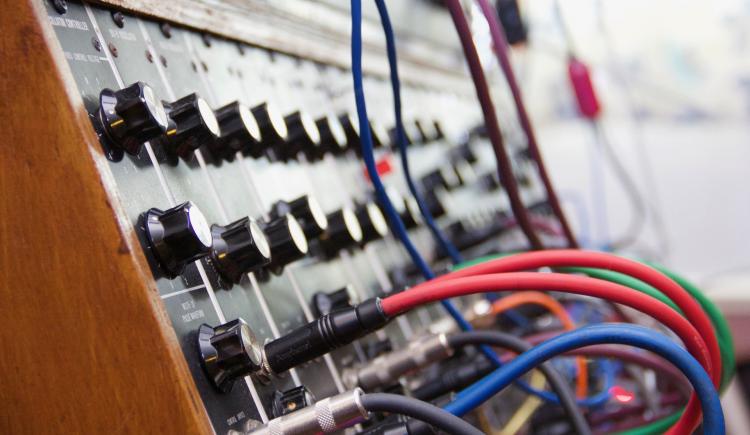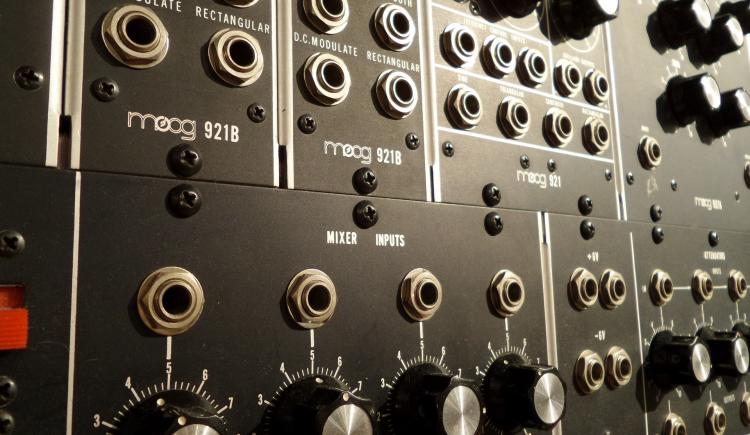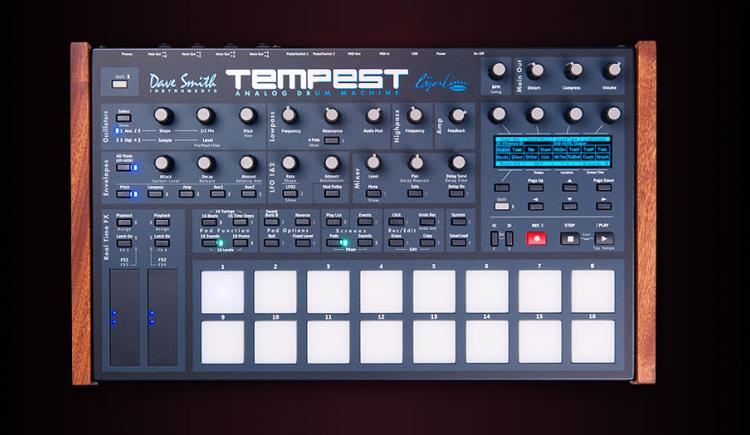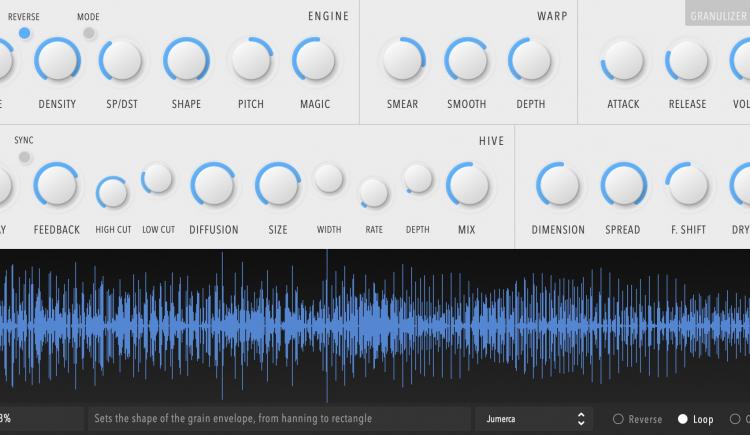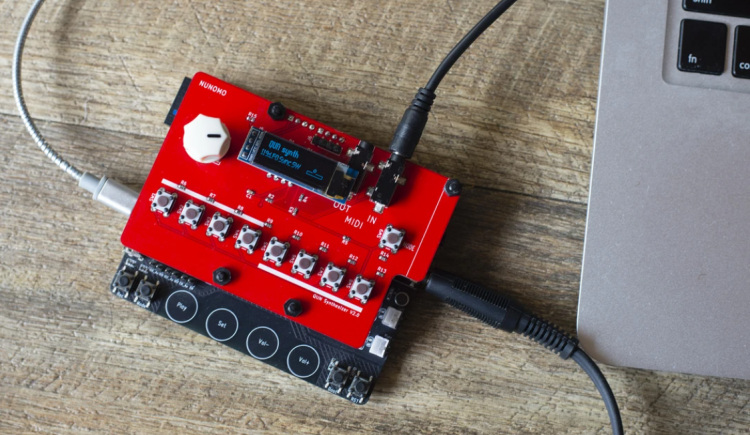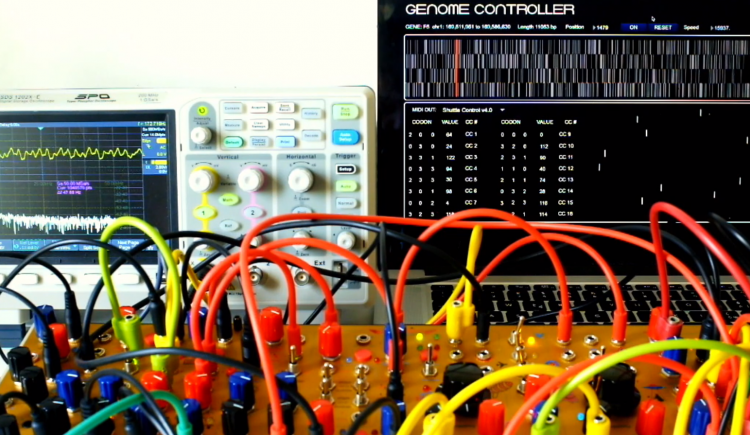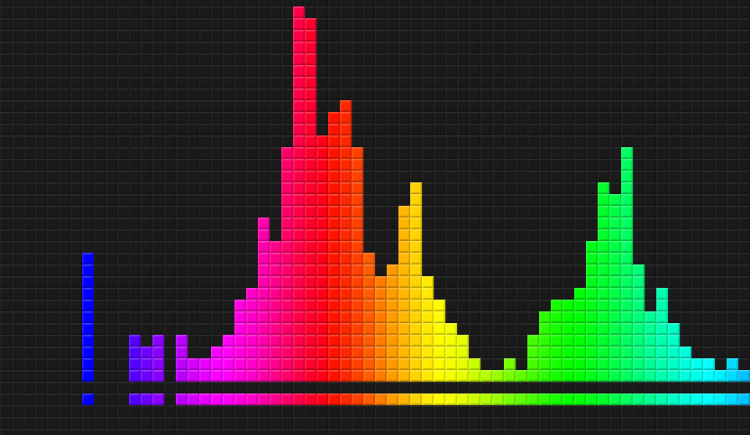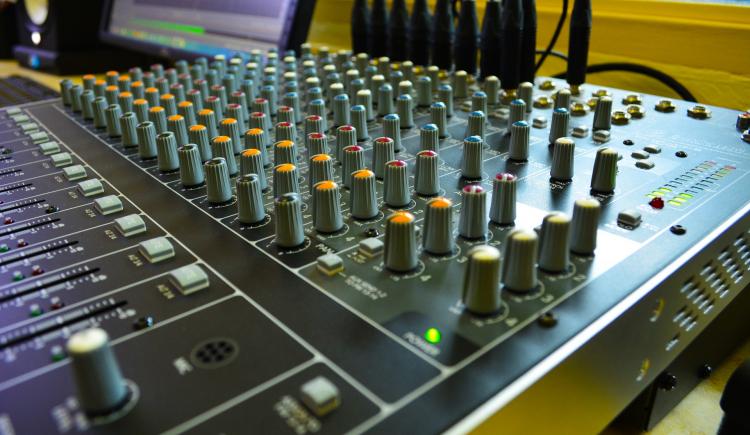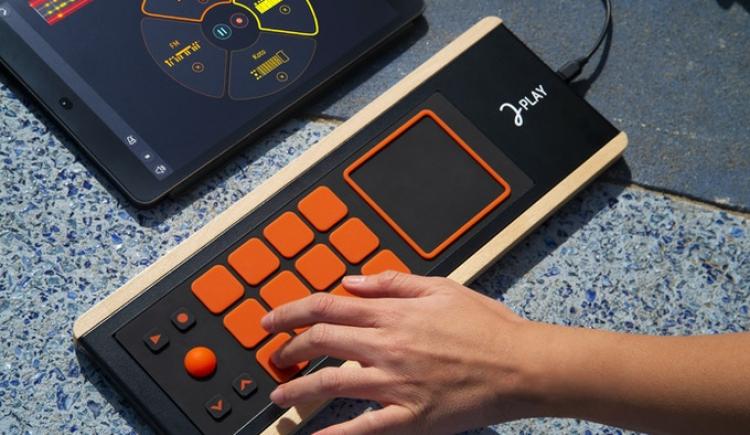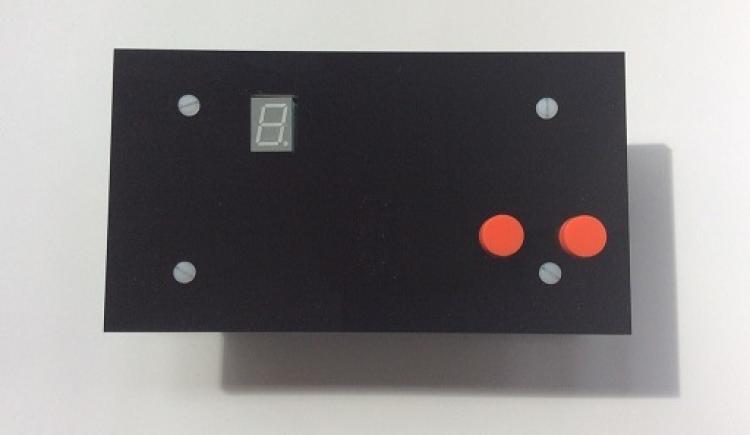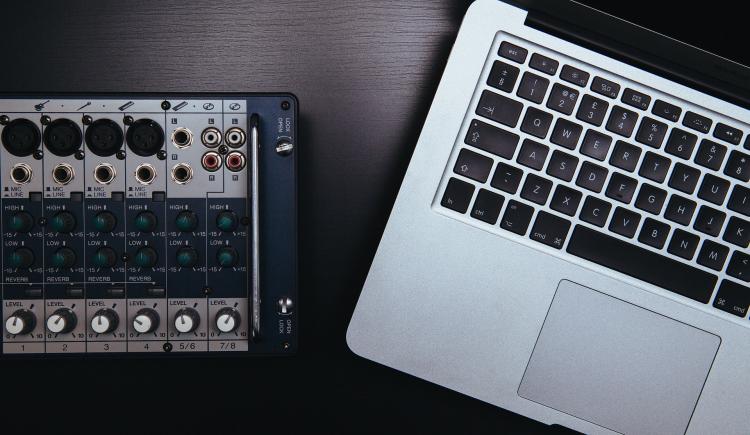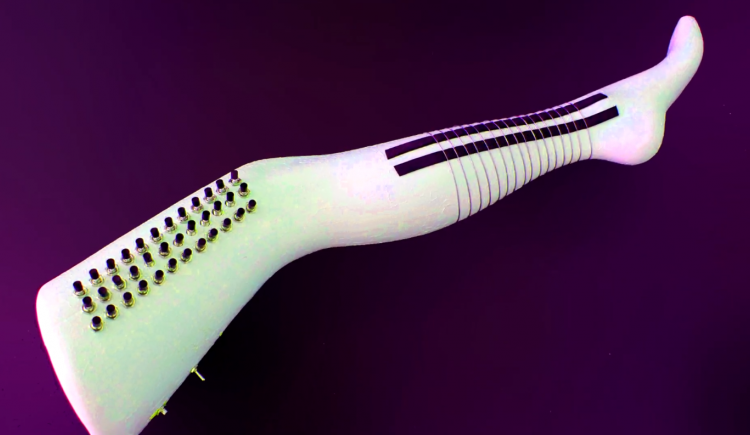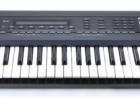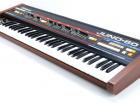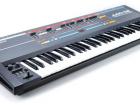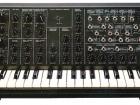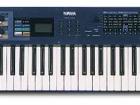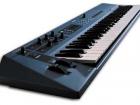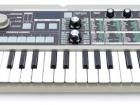Behringer has caused quite a stir on their Facebook page earlier this week when they posted about a brand new "Analog Synth On-a-Chip." This chip, dubbed V3397, was developed by their sister company Coolaudio who specializes in designing highly sophisticated semiconductors.
Endlesss, a music-making application, was released for iOS earlier this year and quickly became a hit with everyone who was stuck at home because of COVID-19. It allowed people to make beats, improvise music and jam live with other musicians, beat-makers, and DJs all over the world.
Musicians, especially those who make a living from playing live performances, have been hit hard by the COVID-19 health crisis. This has meant that many of them had to get creative with the ways in which they interact with fans or promote their music.
It has become a meme among synth enthusiasts that once you go down the modular synthesis route you can kiss all your money goodbye, but there is certainly an element of truth to this.
Moog is a brand that is synonymous with synthesizers and this is largely thanks to the number of artists and groups who embraced its sounds. Robert Moog unveiled his first synth in 1964 after several years of designing and selling theremins.
Fans of Tempest, the 6-voice analog drum synth by Sequential, better act fast if they have yet to add one to their collection. This is because of the announcement by Sequential that they are officially retiring Tempest after nearly nine years of production.
In the first part of our article on granular synth VSTs and Plugins for computer (LINK) we checked paid and free options, like Ribs, PolyGAS, Polygon, Biotek 2, Crusher-X 8, Quanta, and Kaiva.
At first glance, the QUN Pocket Synthesizer by Nunomo (new-no-moh) doesn't' look like much, but closer inspection reveals quite a powerful little device. Thanks to the very simple design of QUN it is not only extremely compact, but Nunomo was also able to make it very affordable.
It seems that the quest to control synthesizers in more and more elaborate ways is neverending and recently we've seen two more contenders. The first is deoxyribonucleic acid or DNA as most of us know it.
Moving one from just messing around with synthesizers to actually recording something can be very gratifying. However, as most people who have done this will know, it also requires a lot of work to produce something that sounds halfway decent.
As with a lot of hobbies, it is easy to fall into the mindset that more is better when it comes to synthesizers. It can be hard to shake that feeling that you need just one more synth or that one piece of elusive gear before you can really start making music.
Thanks to the vast improvements to software synthesizers in recent years we've seen more and more people using them as viable alternatives to hardware synths.
There is no doubt that a large part of the appeal of chiptune music is nostalgia. If you are one of the people who grew up playing games during the early era of consoles and computers, then chances are that there are some tunes that will forever be memorable to you.
Mobile virtual synthesizers and digital audio workstations have come a long way and these days it's not unusual to see people using them when out and about.
It would seem that scarcely a week goes by without someone somewhere coming up with new unique ways to create music. We've seen everything from Furby Organs to people turning their entire kitchens into working synths.
